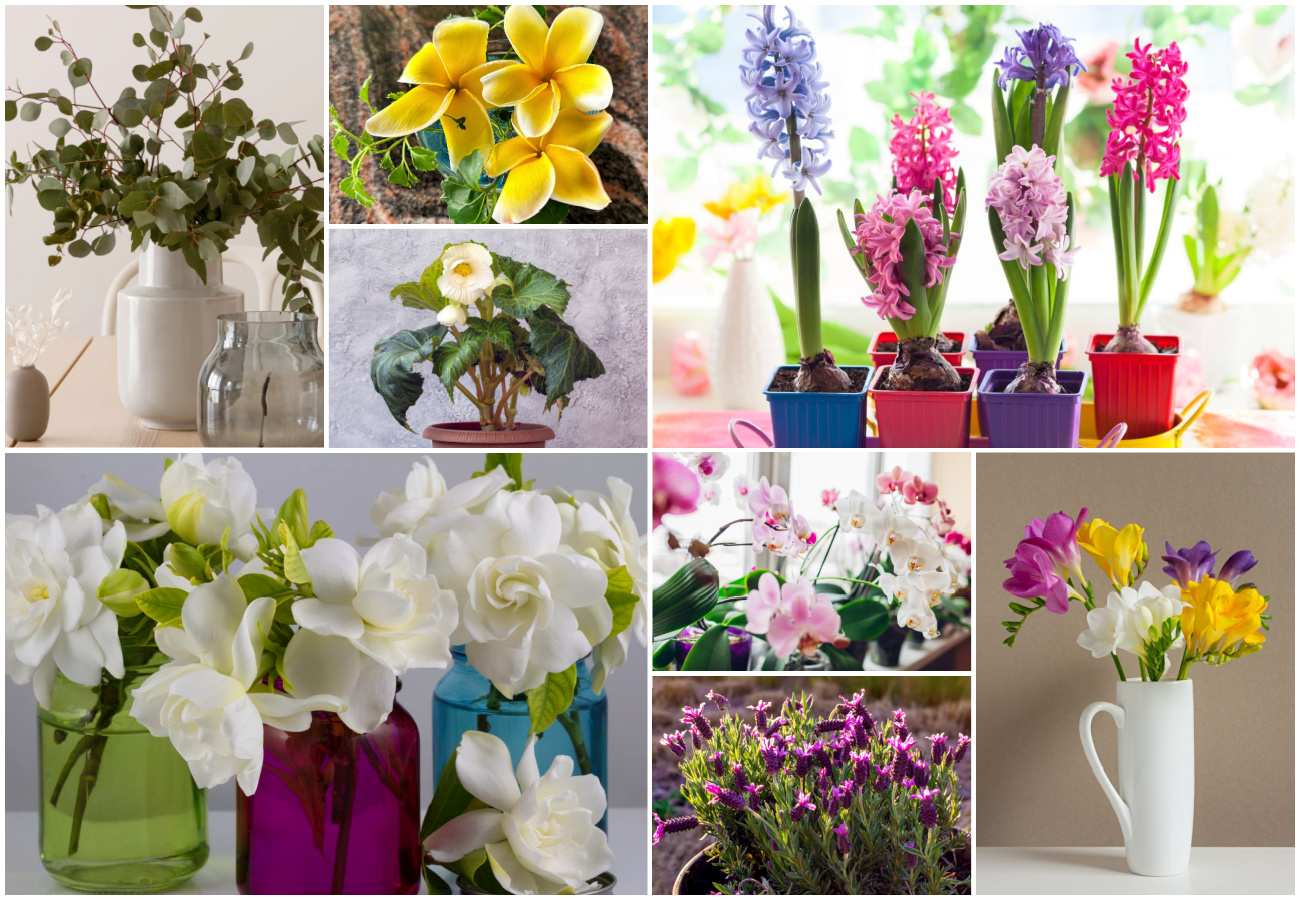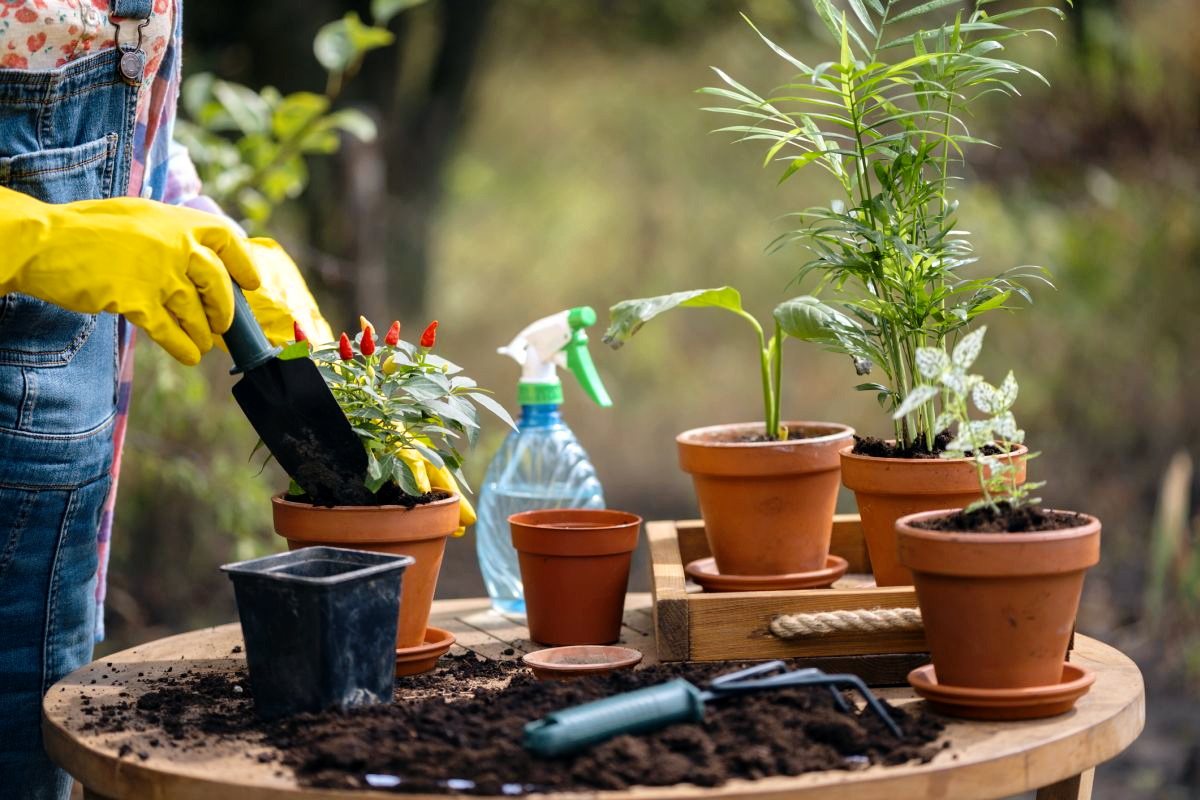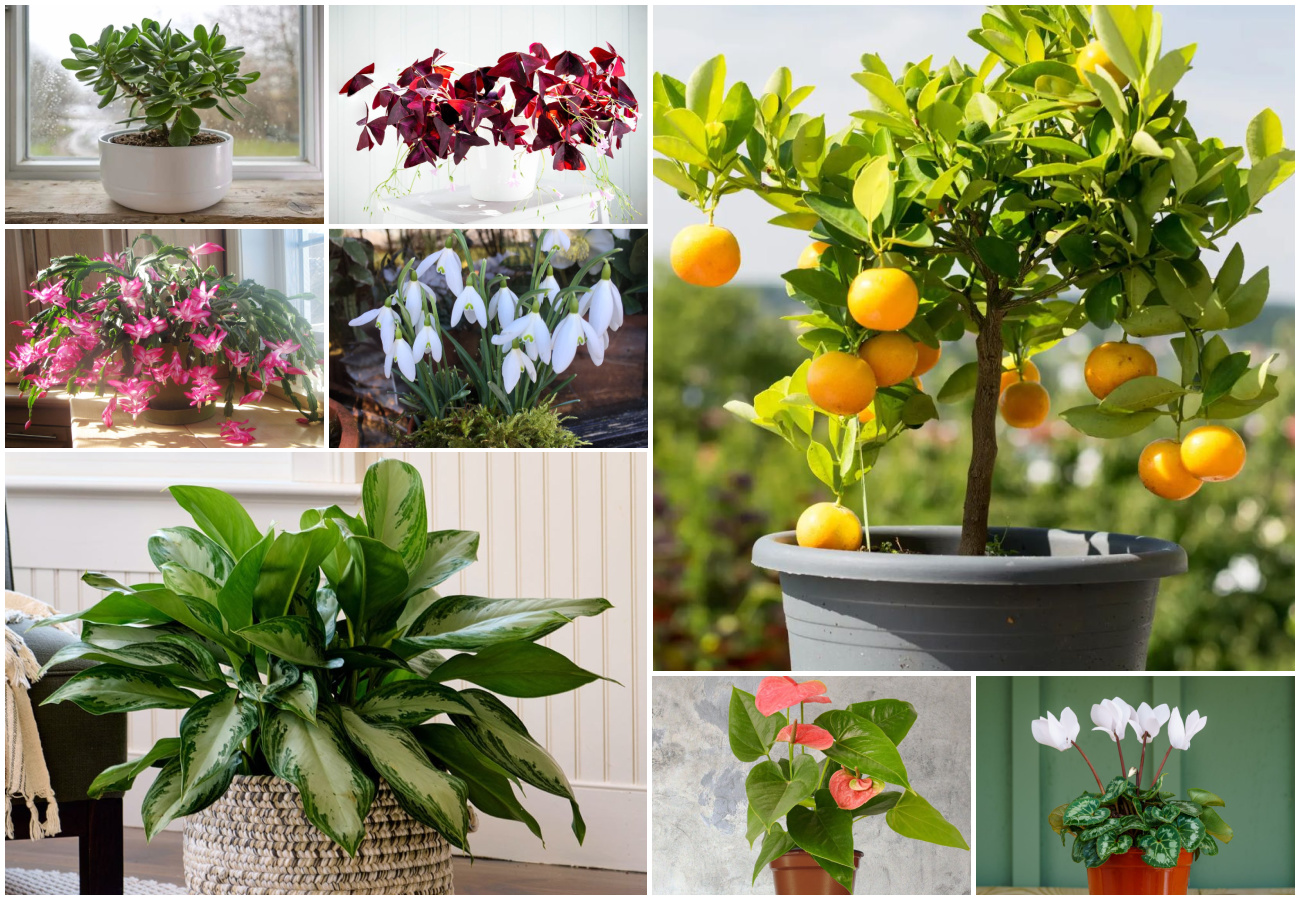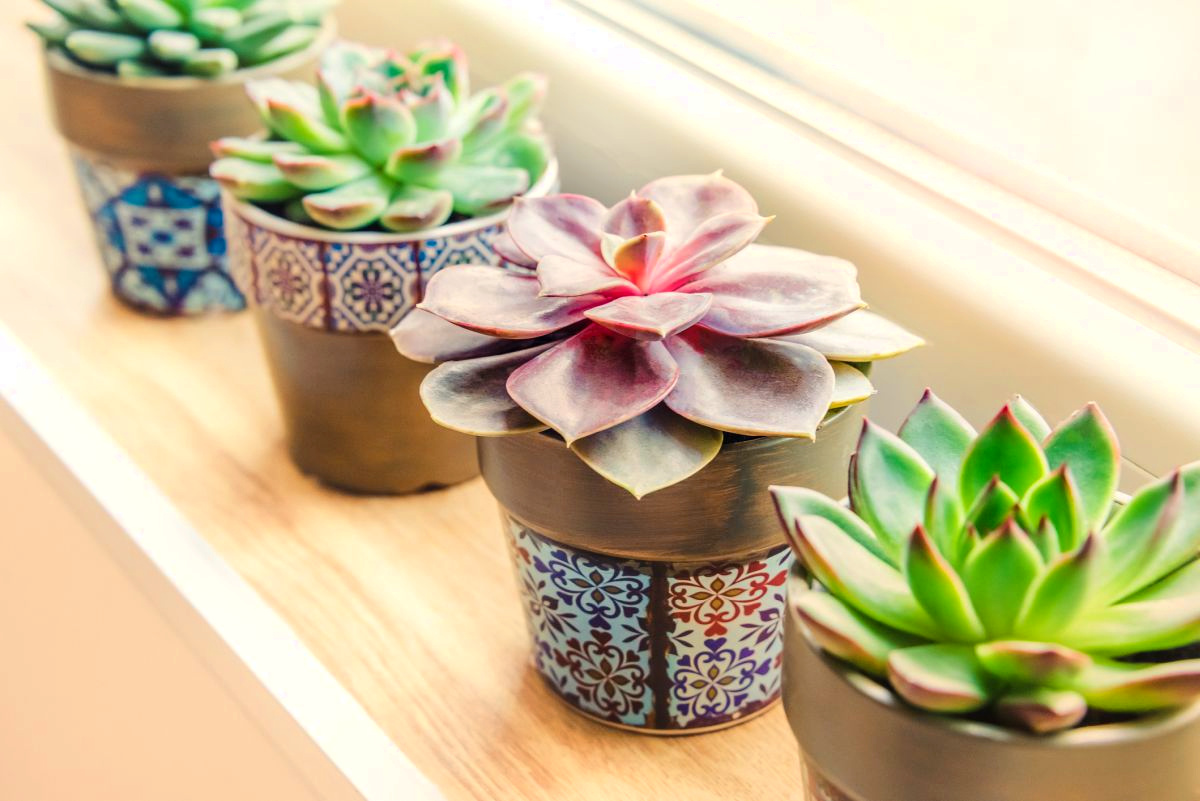Succulents are plants with thick, fleshy leaves or stems that store water. Found in a diverse range of habitats, from desert to rainforest, each species has care needs specific to its natural environment. While many succulents are sun-loving desert species, others are sensitive to too much light. Alongside correct watering, providing the right amount of light is key to growing healthy succulents.
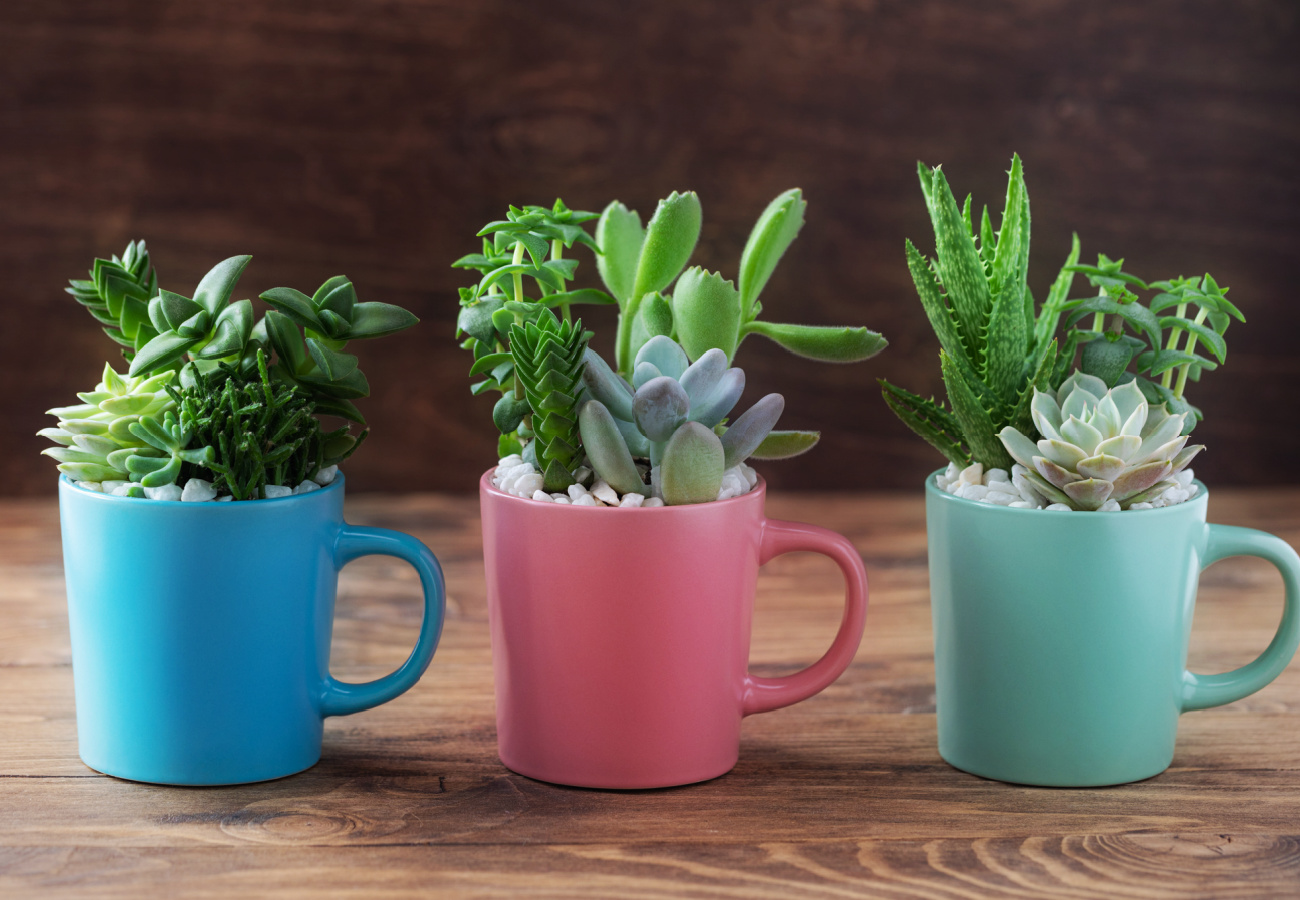
How Much Light Do Succulents Need
Some succulents prefer direct sun, some require partial shade, and others do well in low light. Select succulents according to the growing environment. Monitor the succulent’s health and make adjustments to provide the best conditions for each species.
Direct Light
Succulents that typically grow in open deserts prefer full sun. These species have the highest light requirements, needing at least 6 to 8 hours of bright light daily. Succulents that require plenty of light grow well in hot climates outdoors or next to a bright, south-facing windows indoors. Consider that even the most sun-tolerant plants may require protection during heatwaves.
- Aeonium
- Agave
- Aloe
- Crassula
- Echeveria
- Mammillaria
- Opuntia
- Sedum
- Sempervivum
Note: The types of succulents that require several hours of sunlight a day may need additional attention when cultivated indoors. Use a grow light during the darker months or in low-light locations.
Partial Shade or Dappled Light
Some desert-dwelling succulents grow in microclimates such as in crevices or amongst larger plants and rocks, protecting them from extreme heat or sunlight. Other types of succulents grow in the dappled shade of rainforests. These species prefer bright indirect light. They do well with a few hours of direct sunlight each day but will require protection from harsh sun. They grow best in a location that receives morning sun and afternoon shade, or in the filtered light provided by a sheer curtain or neighboring plants.
- Gasteria
- Kalanchoe
- Peperomia
- Rhipsalis
- Schlumbergera
- Senecio
Note: Consider that the sun’s intensity changes throughout the year in seasonal climates. Succulent plants that are sensitive to intense sunlight will be less sensitive to the weaker, winter sun.
Low Light Species
Some types of succulents are tolerant of low light conditions. These species do best in brighter light but they will also grow well in shade. Although these succulents will tolerate low light, they may not grow as vigorously. Some species (Epiphyllum) will require brighter conditions in order to flower.
- Epiphyllum
- Kalanchoe
- Sansevieria
- Zamioculcas (ZZ Plant)
How to Care for Succulents Indoors
Many succulents benefit from the stable, consistent environment provided indoors—in some climates, it may be the only option. Selecting the right location is important as indoor spaces have varying light levels, from bright windows to dimly lit corners. Indoor succulents are more likely to display leggy growth as they stretch toward a light source. Insufficient light may also inhibit flowering.
- Consider the direction a window faces. In the northern hemisphere, south-facing windows receive the most direct light. North-facing windows have lower light levels. East-facing receives morning sun and west-facing receives intense afternoon sun.
- Use a sheer curtain to provide dappled light.
- Use a grow light during darker months or in low-light conditions. This is a good option for species such as Echeveria which are prone to stretching toward a light source. A grow light will encourage healthy, compact growth.
How to Care for Succulents Outdoors
In the correct USDA zone, it is possible to grow many succulent species outside all year round. In colder climates, bring succulent plants in pots outdoors for the summer months.
- Consider which locations receive morning or afternoon sun. The afternoon sun is more intense and will not be suitable for succulents that prefer partial sun.
- Plant small succulents among rocks or larger plants to provide shade.
- Create a shelter using shade cloth—this may be necessary during prolonged periods of extreme heat.
Tip: Container cultivation is a good option in changeable climates where there is risk of extreme heat, frost, or heavy rainfall. Relocate potted succulents to a sunnier or shadier location.
Symptoms of Stress
Succulents will show signs of stress when grown in incorrect conditions. Too much intense sun can cause sun damage while low light may affect overall health.
Symptoms of Intense Sun:
- Bleaching or faded coloring.
- Brown or white patches.
- Brown or crispy leaf tips and edges.
- Wilting.
- Stunted growth.
Symptoms of Low Light:
- Leggy growth.
- Pale coloring or reduced vibrancy.
- Leaning or tilting.
- Poor or no flowering.
- Leaf drop.
- Slow or stunted growth.
Note: Incorrect care practices – such as underwatering, overwatering, or inadequate humidity – can also lead to symptoms of poor health. Understanding when to water succulents, as well as their specific light and humidity needs, is vital for growing healthy plants.

